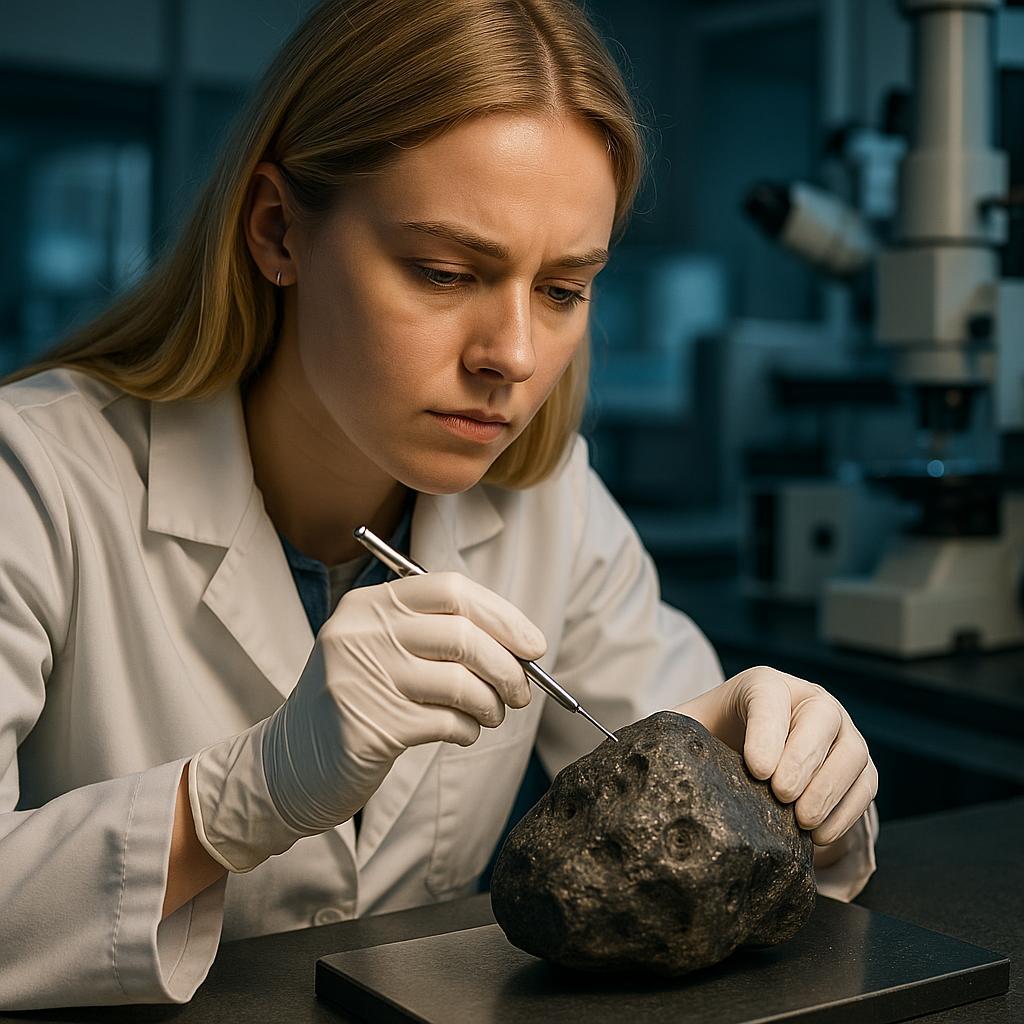Unearthing Lunar History: 2.35-Billion-Year-Old Moon Rock Sheds New Light on Lunar Volcanism
A 2.35-billion-year-old Moon rock that fell to Earth in Africa is fundamentally changing our understanding of lunar volcanism. This groundbreaking research was unveiled at a major geochemistry conference. This rare lunar meteorite, studied by UK scientists, reveals that the Moon remained volcanically active much longer than previously thought, filling a crucial billion-year gap in our knowledge of lunar history.
The ancient rock provides the first concrete evidence of Moon volcanic activity from this time period. This challenges existing theories about when lunar volcanism ceased. Scientists had previously struggled to understand the Moon’s volcanic timeline, with significant gaps in the geological record. This meteorite serves as a crucial missing piece of the puzzle, offering unprecedented insights into the Moon’s internal processes billions of years ago.
The discovery has major implications for understanding planetary formation and evolution, not just of the Moon but of rocky bodies throughout the solar system. Researchers believe this finding could reshape textbooks about lunar geology and provide new clues about the early solar system’s development. The research represents a significant advancement in planetary science, offering a rare window into the Moon’s ancient volcanic past.
Source: ScienceDaily

